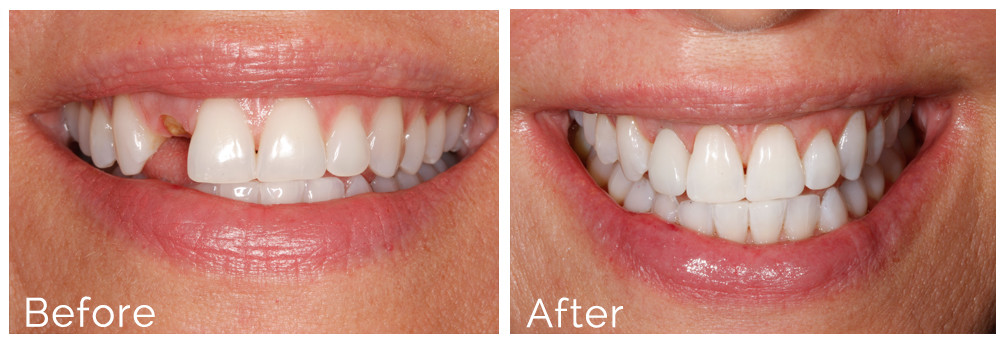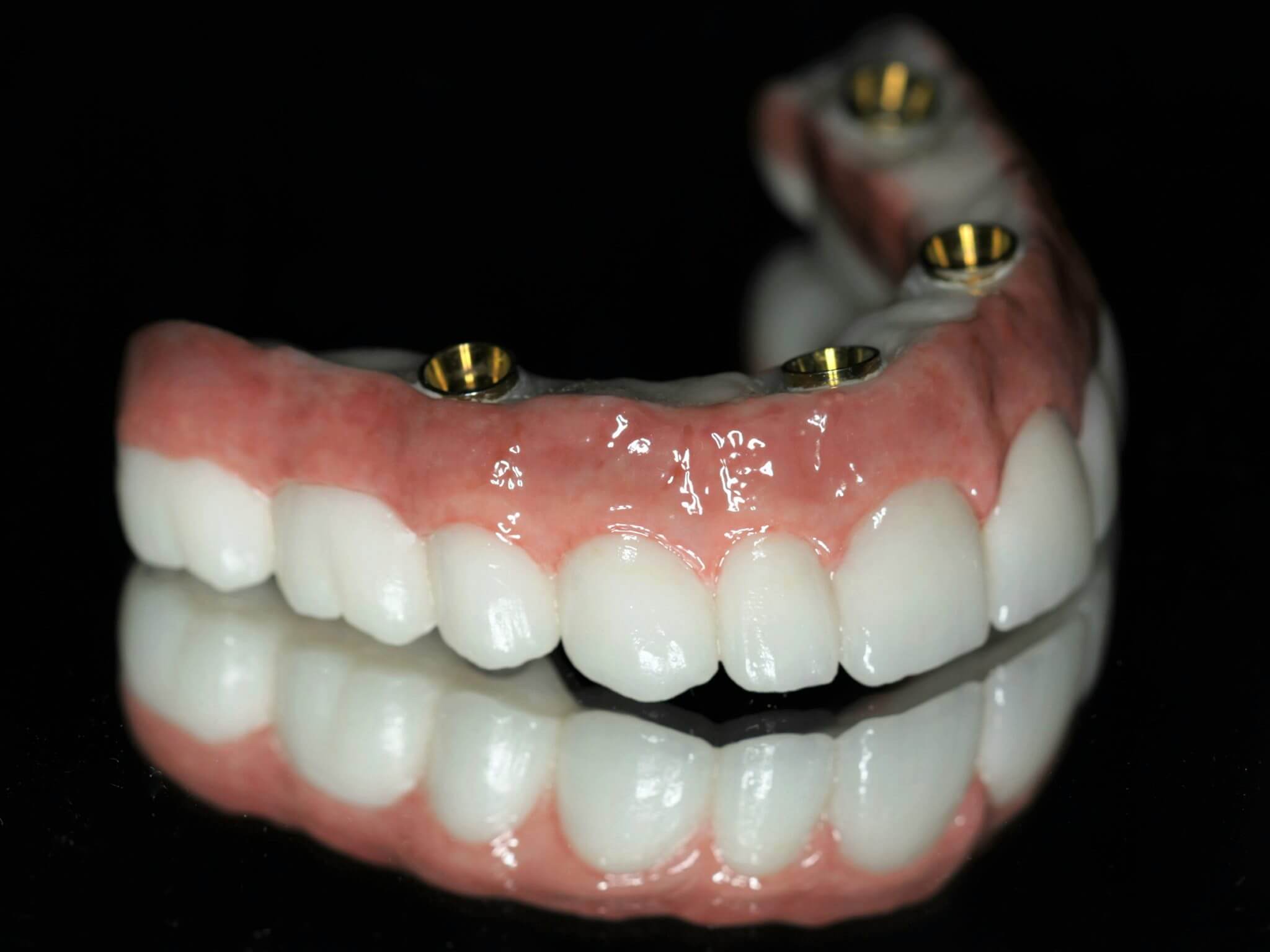The Facts About Dental Sense Revealed
Table of ContentsThe Dental Sense IdeasThe 8-Second Trick For Dental SenseDental Sense Can Be Fun For EveryoneNot known Details About Dental Sense
are clinical gadgets surgically dental implanted into the jaw to recover a person's capability to eat or their look. They supply assistance for fabricated (phony) teeth, such as crowns, bridges, or dentures. When a tooth is shed because of injury or illness, a person can experience problems such as rapid bone loss, defective speech, or adjustments to eating patterns that lead to pain.Oral dental implant systems consist of an oral implant body and oral implant abutment and might additionally consist of a joint fixation screw. Root canal procedure. The dental implant body is surgically put in the jawbone instead of the tooth's root. The oral implant abutment is normally attached to the dental implant body by the abutment fixation screw and expands with periodontals right into the mouth to support the attached synthetic teeth
(https://www.ted.com/profiles/48604569/about)Framework of The Dental Implant System selecting oral implants, speak with your oral supplier concerning the prospective advantages and dangers, and whether you are a prospect for the treatment. Things to take into consideration: Your general health is an important consider figuring out whether you are a good prospect for dental implants, for how long it will certainly require to heal, and just how long the dental implant might remain in location.
Smoking may impact the healing procedure and lower the long-term success of the implant. The healing procedure for the implant body might take numerous months or longer, during which time you typically have a momentary joint instead of the tooth. the dental implant treatment: Thoroughly comply with the dental hygiene directions offered to you by your oral provider.
9 Easy Facts About Dental Sense Explained
Implant failing can cause the requirement for another surgical procedure to take care of or replace the implant system. Brings back the ability to eat Brings back cosmetic appearance Aids keep the jawbone from reducing because of bone loss Preserves the health of the bordering bone and gum tissues Assists keep nearby (neighboring) teeth steady Boosts lifestyle Damage to bordering all-natural teeth during dental implant placement Injury to the surrounding tissues throughout surgical procedure, such as sinus perforation Injury during surgery (for example, crack of bordering jawbone) Insufficient function, such as feeling like the teeth do not attack together generally A feeling that the tooth hangs or turning in position arising from a joint screw loosening Implant body failing (looseness of the implant body) as a result of systemic infection, which may be extra likely in clients with unchecked diabetes due to neighborhood infection in bone and gums sustaining the implant body due to delayed recovery, which may be extra likely in clients that smoke Problem cleansing the gums around the implant, causing poor oral hygiene Untreated periodontal condition Post-surgical pins and needles as a result of nerve impingement or damages Always inform health care companies and imaging technicians that you have dental implants prior to any type of magnetic resonance imaging (MRI) or x-ray procedures.
FDA is not familiar with any unfavorable events reported for MRI or x-ray procedures with oral implants. Dental implants systems are normally made from products that comply with international consensus criteria of the International Company for Standardization (ISO) or ASTM International. These standards have details of what makes a risk-free material.

An oral implant is a framework that replaces a missing out on tooth. With screw-like gadgets, the doctor inserts a dental implant into the jawbone, and it serves as a support for a synthetic tooth, called a crown. A tool called an abutment attaches the fabricated tooth to the oral implant. The crown is tailor-made to fit the individual's mouth and match the color of their teeth.
Not known Details About Dental Sense
Some people are not eligible for dental implant surgical treatment. It is for dental surgeons to run on people with: acute illnessuncontrollable metabolic diseasebone or soft tissue illness or infectionIf these concerns are settled, an individual can have the surgical treatment. In, oral cosmetic surgeons avoid running on individuals with: If individuals with any one of the above go through dental implant surgery, there is a higher threat of the implant stopping working.

Dental dental implant surgical treatment is an individualized process. It's not the same for everyone. Yet the complying with provides a basic overview of what you can anticipate your dental practitioner, dental cosmetic surgeon, periodontist or prosthodontist to do: Position the implant operatively. Offer you time to recover. Attach the blog post and final crown, bridge or denture.
Next off, your surgeon will carefully put the dental implant right into your jaw. If your dental implant is near the front of your mouth, your dentist will certainly make a short-lived tooth for you to wear up until you heal.
The Buzz on Dental Sense
Your provider can inform you what to anticipate in your circumstance. During the recovery phase, your jawbone needs to fuse to the dental implant. This procedure, called osseointegration, is vital for stability and long-term success. This procedure can take anywhere from 3 to nine months. Sometimes, site link it might take longer.
As soon as your implant heals, your dental professional can attach the abutment (small adapter article) and your final reconstruction (crown, bridge or denture). This generally takes regarding one hour to finish and may call for a 2nd minor surgical treatment. You shouldn't really feel any kind of discomfort throughout your dental implant procedure because your provider will certainly make use of medicine to numb your periodontals.